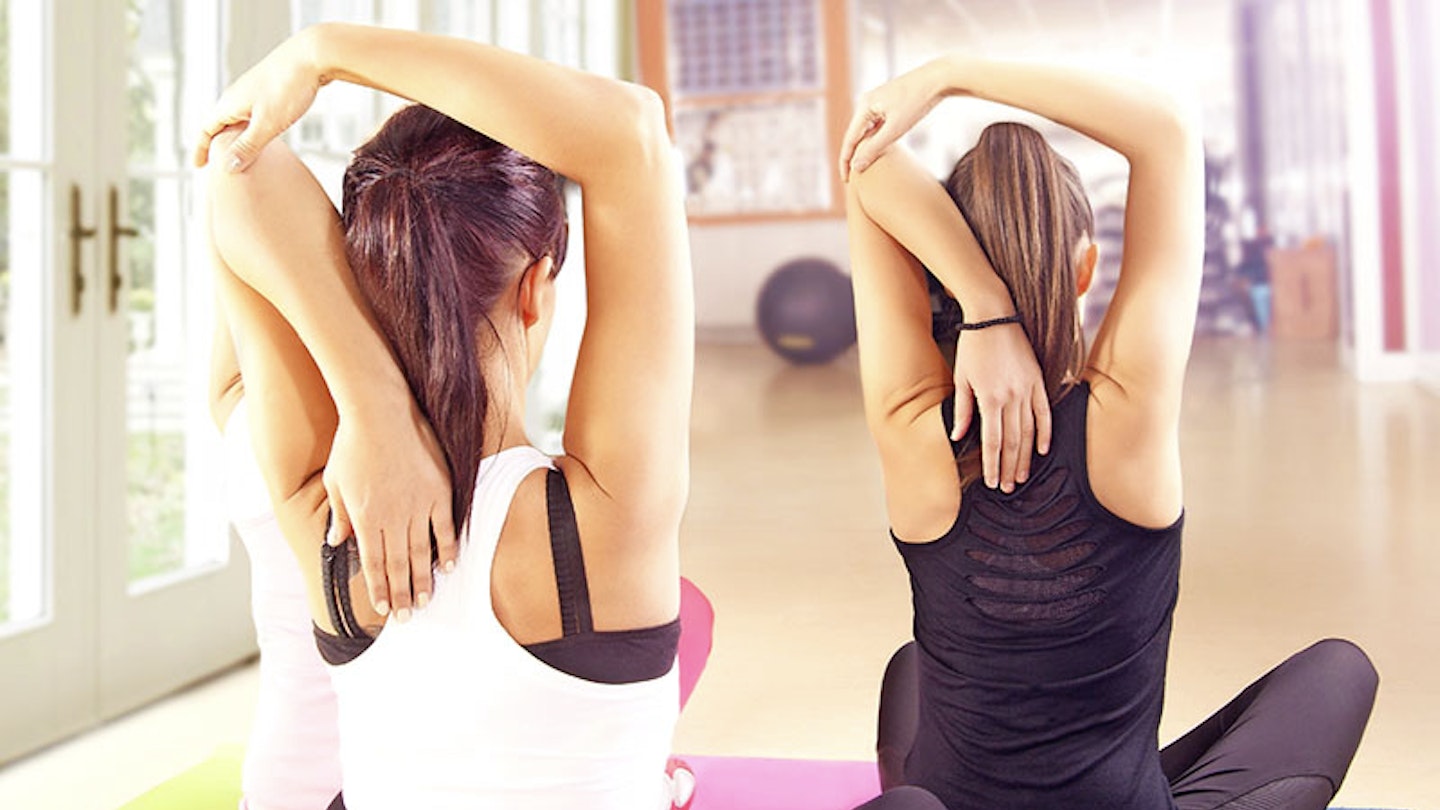Should you try post-natal exercise classes? Penny Stretton signed up for a course to strengthen her body after giving birth - how did she get on?
My daughter, Joni, was only seven weeks old when I decided I needed to do something to help my body recover from pregnancy. When I had my son, Archie, nearly five years ago, I hadn’t experienced any physical problems. But this time my tummy was loose and when I tried to go for a run, it felt like every organ was bouncing on my pelvic floor.
When I tried to go for a run, it felt like every organ was bouncing on my pelvic floor
I found a ‘Postnatal Restore’ class. The 10-week course promised to help me reconnect with my body to activate my core muscles and pelvic floor, restoring function and strength using breathing, movement and resistance. Plus, I could take my baby with me.
Joni and I arrived to find a room set up with mats for mums and bouncer chairs for babies. The instructor, Kellie, gave each mum a resistance band and a small rubber ball, which was to be held between the knees or placed under the small of the back for various exercises. We began with a warm-up. Placing one foot in front of the other, we rocked forward onto our front foot, exhaled while reaching our arms up, then inhaled as we brought them down again. The babies were mesmerised by all the mums performing the same rhythmic move.
Our first exercise was a ‘squat with arm-pull’, involving standing up and holding the resistance band loosely at each end in front of us. We inhaled as we moved to a squat position, then exhaled as we stood up straight and pulled on the band. All the other exercises were chosen to address posture, function and strength. I felt everything naturally tightening inside my body.
I looked forward to seeing all the other mums at the classes for a chat and to swap baby stories too
By the fourth week, I started to notice some changes. My back no longer ached, I could run up the stairs and move more freely. I looked forward to seeing all the other mums at the classes for a chat and to swap baby stories too. The babies sometimes cried and there’d always be a couple of mums feeding while the rest exercised, but that was fine.
Every few weeks, I received an email with a new set of exercises to do at home. I liked the ‘double leg lift’, which involved lying on my side, one leg on top of the other, exhaling and lifting both legs away from the floor together while engaging my lower tummy muscles.
Over the 10 weeks, I didn’t see a change in the way my body looked, but I wasn’t planning on parading in a bikini anyway! What improved massively was my strength, movement and pelvic floor. The biggest impact, though, was on my mindset. I was reminded that my body had been through huge changes and that I should look after myself and not rush my recovery.
Top tips for post-natal exercise classes
-
Arrive at the class early, so you can give your baby a feed beforehand. If your baby then sleeps, you can really concentrate.
-
Don’t fret if your baby needs your attention during the class. If you don’t get a full hour of exercise, commit to making the time up doing the exercises at home.
-
Although you don’t ever get out of breath, you feel tired once you’ve finished, so don’t arrange anything too demanding for afterwards.
Penny tried a 10-week Postnatal Restore course, £130, jellybellypt.com
